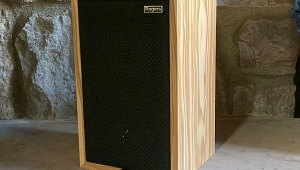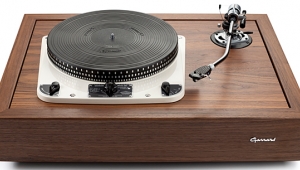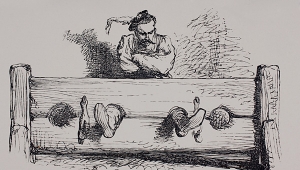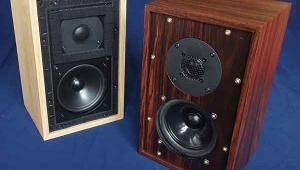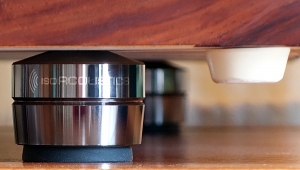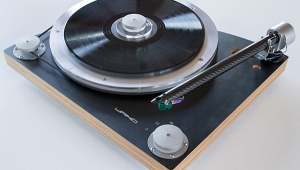| Columns Retired Columns & Blogs |
The Beyer (now Beyerdynamic) DT-48 headphone was first made in 1937 and is scheduled to be discontinued this year, with a 75-year run. I don't know about availability during that entire time, but there it is.
Ironically, I was made aware of it from Stereophile's Recommended Components in the early 1970's.




